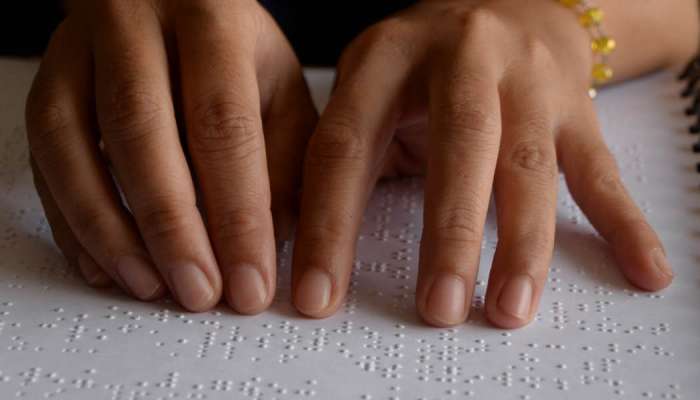
World Braille Day is marked on January 4 to honour Louis Braille, the founder of the Braille system, and to recognise his contributions towards the welfare of visually impaired people.
The United Nations General Assembly established it in 2019 and it serves as the opening ceremony for Braille Literacy Month. The purpose of the celebration, which lasts the entire month of January, is to increase public understanding of the value of Braille and Braille literacy.
History of World Braille Day
The Braille approach was created by a Frenchman by the name of Louis Braille after he was accidentally rendered blind at a young age, according to TimeandDate.com. Prior to the creation of this method, the Hauy system was used to read by blind and partially blind persons. This involves embossing Latin characters on leather or thick paper.
The complexity of this system was added to the fact that it only permitted reading, not writing. Due to the system's flaws, Braille was inspired to create the simpler, more straightforward Braille system. Raised dots are used to represent the symbols that make up the code. To read the Braille code and continue studying or communicating, people use their sense of touch.
Significance and importance of World Braille Day
The aim of World Braille Day is to increase public awareness of the value of braille as a form of communication for the blind and partially sighted. Additionally, living in a locked-down environment has caused problems with independence and loneliness for those who are blind or visually impaired, particularly for those who rely on touch to express their needs and access information.
The epidemic made clear how very necessary it is to deliver key information in accessible formats, including Braille and audio formats. Otherwise, a lot of people with disabilities might be more likely to be contaminated because they lack access to information about how to stay safe and stop pandemics from spreading.
Braille is still used to interpret books and make life easier for those with visual impairments even after 200 years. Braille is frequently used in everyday products including payment terminals, shampoo bottles, and prescription packets in order to interact with blind people.
The incorporation of text-to-speech and audiobook technology into smartphones and computers has made it possible for blind people to access resources like Web Pages and messages without using Braille. -ANI
manoj kumar